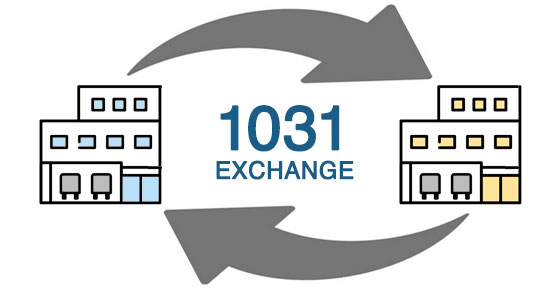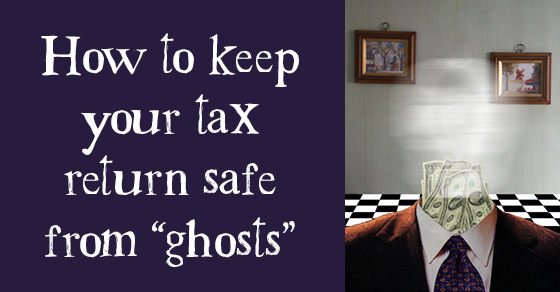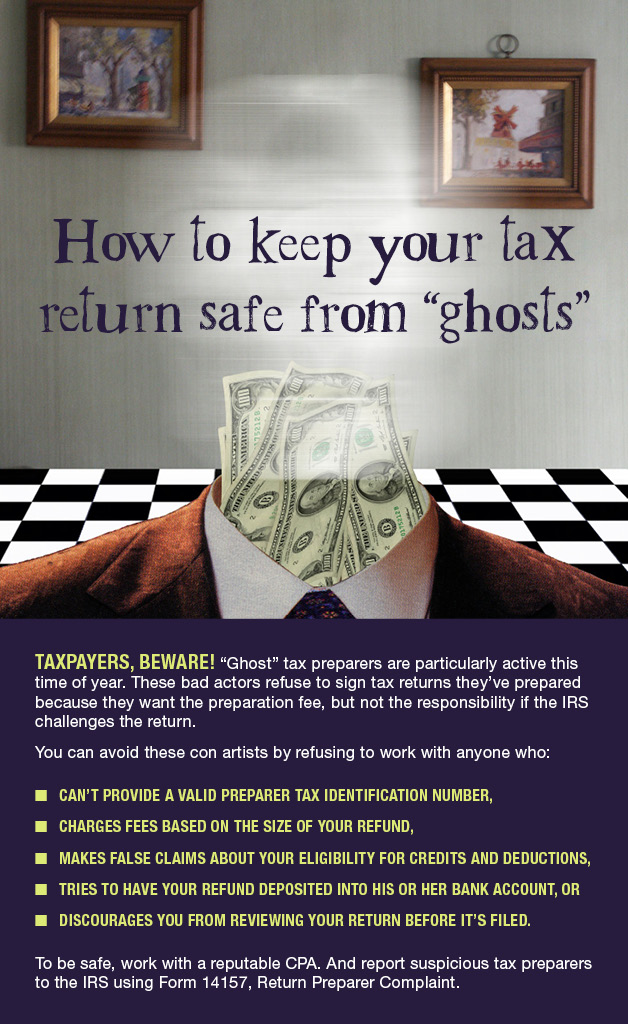February 10, 2022
Employees – who work for tips. If you received $20 or more in tips during January, report them to your employer. You can use Form 4070.
Employers – Nonpayroll taxes. File Form 945 to report income tax withheld for 2021 on all nonpayroll items. This due date applies only if you deposited the tax for the year in full and on time.
Certain Small Employers – File Form 944 to report Social Security and Medicare taxes and withheld income tax for 2021. This tax due date applies only if you deposited the tax for the year in full and on time.
Farm Employers – File Form 943 to report Social Security and Medicare taxes and withheld income tax for 2021. This due date applies only if you deposited the tax for the year in full and on time.
Employers – Federal unemployment tax. File Form 940 for 2021. This due date applies only if you deposited the tax for the year in full and on time.
Employers – Social Security, Medicare, and withheld income tax. File Form 941 for the fourth quarter of 2021. This due date applies only if you deposited the tax for the quarter in full and on time.
February 15, 2022
Individuals – If you claimed exemption from income tax witholding last year on the Form W-4 you gave your employer, you must file a new Form W-4 by this date to continue your exemption for another year.
Businesses – Give annual information statements to recipients of certain payments made during 2021. You can use the appropriate version of Form 1099 or other information return. This due date applies only to payments reported on Form 1099-B, Form 1099-S, and substitute payments reported in Box 8 or gross proceeds paid to an attorney reported in Box 10 of Form 1099-MISC.
Employers – Social Security, Medicare, and withheld income tax. If the monthly deposit rule applies, deposit the tax for payments in January.
Employers – Nonpayroll withholding. If the monthly deposit rule applies, deposit the tax for payments in January.
February 16, 2022
Employers – Begin withholding income tax from the pay of any employee who claimed exemption from withholding in 2021, but did not give you a new Form W-4 to continue the exemption this year.
February 28, 2022
Health Coverage Reporting to IRS – If you are an Applicable Large Employer, file paper Forms 1094-C, Transmittal of Employer-Provided Health Insurance Offer and Coverage Information Returns, and 1095-C with the IRS. For all other providers of minimum essential coverage, file paper Forms 1094-B, Transmittal of Health Coverage Information Returns, and 1095-B with the IRS. If you are filing any of these forms with the IRS electronically, your due date for filing them will be extended to March 31.
Businesses – File information returns (for example, certain Forms 1099) for certain payments you made during 2021. However, Form 1099-NEC reporting nonemployee compensation must be filed by January 31. There are different forms for different types of payments. Use a separate Form 1096 to summarize and transmit the forms for each type of payment. See the General Instructions for Certain Information Returns for information on what payments are covered, how much the payment must be before a return is required, what form to use, and extensions of time to file.
If you file Forms 1097, 1098, 1099 (except a Form 1099-NEC reporting nonemployee compensation), 3921, 3922 or W-2G electronically, your due date for filing them with the IRS will be extended to March 31. The due date for giving the recipient these forms generally remains January 31.
Payers of Gambling Winnings – File Form 1096, Annual Summary and Transmittal of U.S. Information Returns, along with Copy A of all the Forms W-2G you issued for 2021. If you file Forms W-2G electronically, your due date for filing them with the IRS will be extended to March 31. The due date for giving the recipient these forms remains January 31.
Large Food and Beverage Establishment Employers – with employees who work for tips. File Form 8027, Employer’s Annual Information Return of Tip Income and Allocated Tips. Use Form 8027-T, Transmittal of Employer’s Annual Information Return of Tip Income and Allocated Tips, to summarize and transmit Forms 8027 if you have more than one establishment. If you file Forms 8027 electronically your due date for filing them with the IRS will be extended to March 31.













